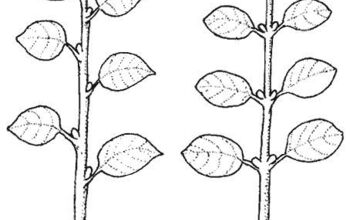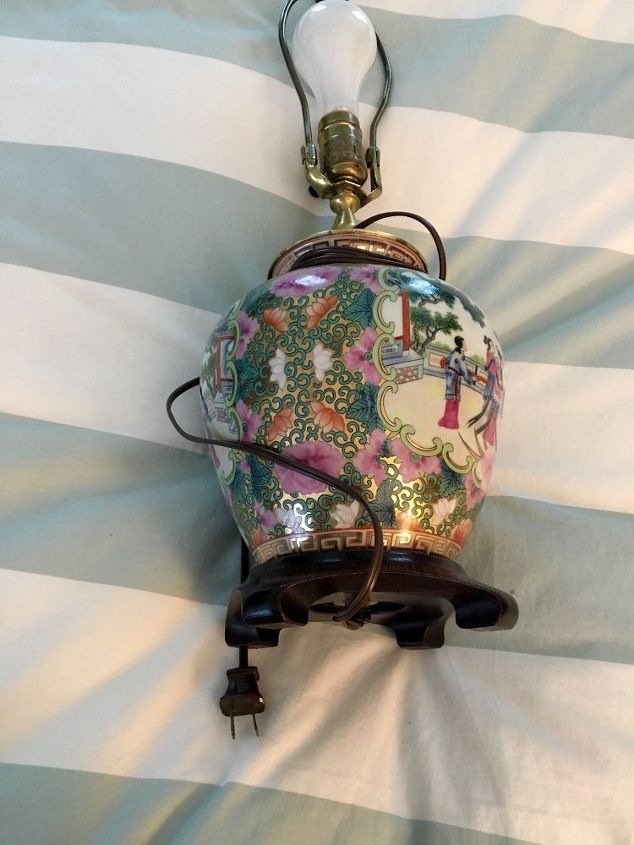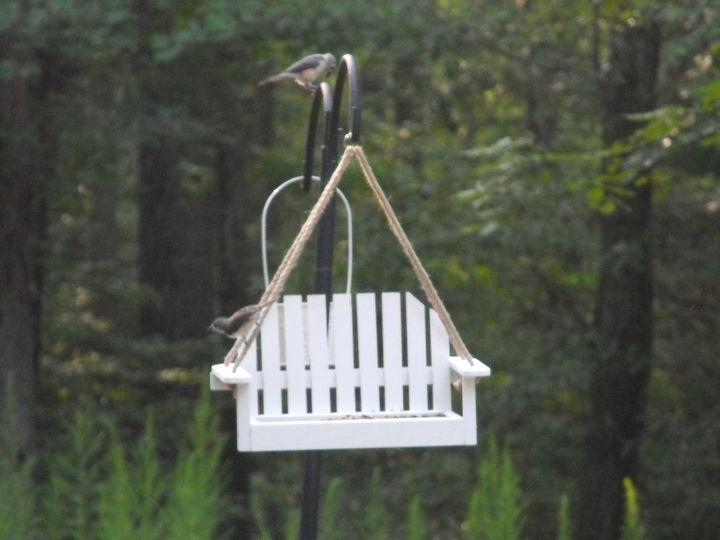Our lawn company says we have spider mites on our boxwood shrubs, and they must spray ASAP.
-
Bunny, I don't want to disagree with your lawn company but the photo you show looks more like a compact holly than a boxwood. I would not spray right away but cut out the dead and then take a look at the plant. The dieback on this holly could be caused from drainage issues, too much water or not enough. The spider mite that attacks boxwood is specific to boxwood. If you are in the Atlanta area, it has been a tough, hot, dry summer.
 Erica Glasener
on Sep 19, 2011
Helpful Reply
Erica Glasener
on Sep 19, 2011
Helpful Reply -
-
I agree that looks like a Japanese Holly not a boxwood. Spider mites won't have webs and they are very tiny. One way to look for them is to hold a white piece of paper under a branch (not a dead one) and tap the branch. You can see if the little critters land on the paper and watch them move around. I agree with Erica, cut out the dead and see what happens.
 Linden Landscape Design
on Sep 19, 2011
Helpful Reply
Linden Landscape Design
on Sep 19, 2011
Helpful Reply -
-
I agree that the dead parts should be cut away-if there were insect issues, I would only spray with horticultural oil soap. But hot weather with hit-or-miss rain can wreak havoc on shrubs. Here in Fl. I spray Maxicrop seaweed fertilizer on stressed plants. I am usually suspicious of lawn care companies that give plant advice. Your local extension office can give you the best advice for plants in your area and for free!
 Karen G
on Sep 19, 2011
Helpful Reply
Karen G
on Sep 19, 2011
Helpful Reply -
-
I see no signs of spider mite damage as the other foliage would be a dull gray green, yes,cut out the dead and just wait for new growth
 Garden Rebel / Sims Landscaping, Co.
on Sep 19, 2011
Helpful Reply
Garden Rebel / Sims Landscaping, Co.
on Sep 19, 2011
Helpful Reply -
-
Well I hate to disagree with some of you but that looks like a gangely box wood to me. Spider mites don't make webs because they are a type of mite not a spider. The spider part just refers to their shape not that they are actually spiders. If you are in doubt do what Walter says and put a piece of paper under the branches, then tap the branches. If you have mites then they will be little dots on the paper. If you don't have mites then you won't have dots. I do agree with everyone about not spraying right now and just removing the dead branches. Probably a little fertilizer this spring and then hope we get some rain.
 Paul M
on Sep 19, 2011
Helpful Reply
Paul M
on Sep 19, 2011
Helpful Reply -
-
Bunny, whether you have a holly (Ilex ) or a boxwood (Buxus) I still recommend cutting out the dead wood and then making a decision. The photo of the leaves look like holly leaves. You can send or take a sample to your local extension service and they can confirm the type of plant you have, but keeping your plants healthy (rain would help) and fertilizing in the spring are good suggestions. Best of luck.
 Erica Glasener
on Sep 20, 2011
Helpful Reply
Erica Glasener
on Sep 20, 2011
Helpful Reply -
-
Actually it's really easy to tell a boxwood from a holly. Boxwoods have leaves growing directly opposite each other on the stem, Hollies have leaves that alternate on the stems. See the picture here. Japanese holly leaves also have a couple of tiny little black glands (they look like sunken dots) on the underside of each leaf near the petiole (stem). It is hard to see if the leaves on your plant are alternate or opposite, but it really looks like a holly. Lots of people confuse Japanese Hollies (Ilex crenata) with Boxwoods (Buxus spp.) but here in the south, if a builder planted them they are most likely hollies. Please let us know how things go Bunny.
 Linden Landscape Design
on Sep 20, 2011
Linden Landscape Design
on Sep 20, 2011
 Helpful Reply
Helpful Reply -
-
Here's a test for Spider Mites: Shake a portion of the affected limb over a white sheet of paper. Examine the tiny droppings on the paper for movement. If they move, they're mites. They are about the size of this dot: ( . )
 Travis P
on Sep 20, 2011
Helpful Reply
Travis P
on Sep 20, 2011
Helpful Reply -
-
@ Linden Landscapes, thanks for your post. I was going to take a photo of the Ilex and the Buxus (a branch of each) next to each other but you explained it well and people do often confuse the two., still I would bet that the photo is of Ilex crenata (cultivar unknown), I just noticed some in my neighborhood this am with almost identical damage, due probably to weather factors.
 Erica Glasener
on Sep 20, 2011
Helpful Reply
Erica Glasener
on Sep 20, 2011
Helpful Reply -
-
Thanks to all of you. You are right, it is a holly, and I tried the white paper and tapping around several plants, only finding one mite. we have watered our lawn, but not our shrubs this summer so they are probably quite stressed. I will follow all of the other suggestions and appreciate your kindness in replying. Thanks again, Bunny
 Bunny A
on Sep 20, 2011
Helpful Reply
Bunny A
on Sep 20, 2011
Helpful Reply -
Related Discussions
Would you rather wash and fold laundry or clean the dishes?
Given the choice, would you prefer washing the dishes or doing laundry? Share your preferences and insights!
What can I do about wood smoke coming into my house?
I need help. My back door neighbor heats with a wood stove all winter. They are downhill from me. Almost all their smoke makes its way into my house, causing headache... See more
How to tighten a lamp that is looose?
How to tighten lamp that is loose?
How can I inexpensively add some "wow" to my very brown/tan house?
My house is 100 years old and rock solid but it is bland. It needs someone's creative suggestions!
1950 Doors
I hate these doors. I'm not a carpenter. Was wondering if these would look better painted? What can I do with these door knobs? The plating or whatever is coming off.... See more
Does anyone have any good suggestions on how to keep squirrels out of my bird feeders?
I have tried the crushed red pepper in the bird seed, and have tried putting vaseline on the pole that holds the feeders....any other suggestions? I will at times hav... See more
How do I tighten the nut on this lamp?
I have a lamp that's 1ft 16in long with the opening of the hole at the bottom that's only 2in wide, so how do i tighten up the bottom nut that's on the inside of the ... See more







